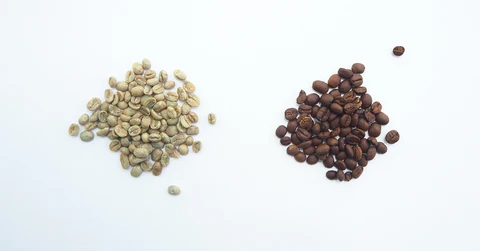Full black, full sour, or severe insect damage are all examples of primary defects. A primary/ full defect has an enormous effect on cup quality. Secondary defects do not harm the coffee’s taste like the primary defects do. This is why many green grading systems have an ‘equivalency system’, where you need a certain number of defective beans to count as 1 defect count. The more effect the defect has on the cup quality, the heavier the weight of the defect is. If the effect is smaller, less weight is given. For example, you only need 1 fully black bean to count as 1 defect. But you need 10 beans with slight insect damage to count as 1 defect.
Don’t be alarmed. If you solely focus on specialty coffee, you usually won’t find primary defects in your coffee. And the GACCS only allows 5-secondary defects within a batch of specialty coffee. Learn more about the SCA’s GACCS here.
But again, take note that the count of defects, as well as the types of defects, can differ per origin. And not all coffees that are considered specialty coffee have only 5 secondary defects. If the grade is unclear, reach out to your coffee importer to receive more information on the grading standards of the particular coffee.

